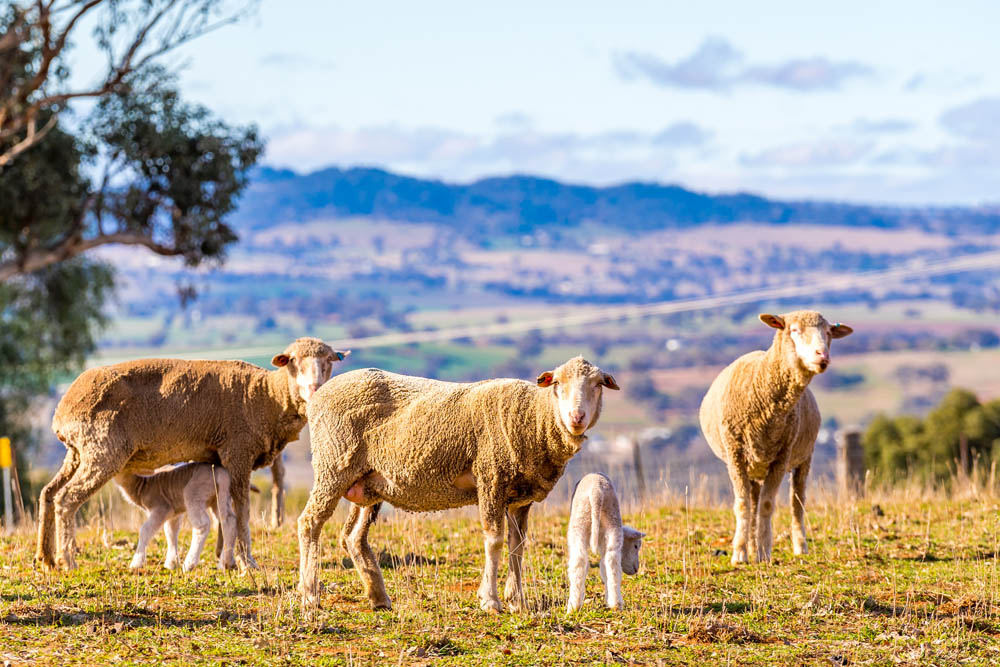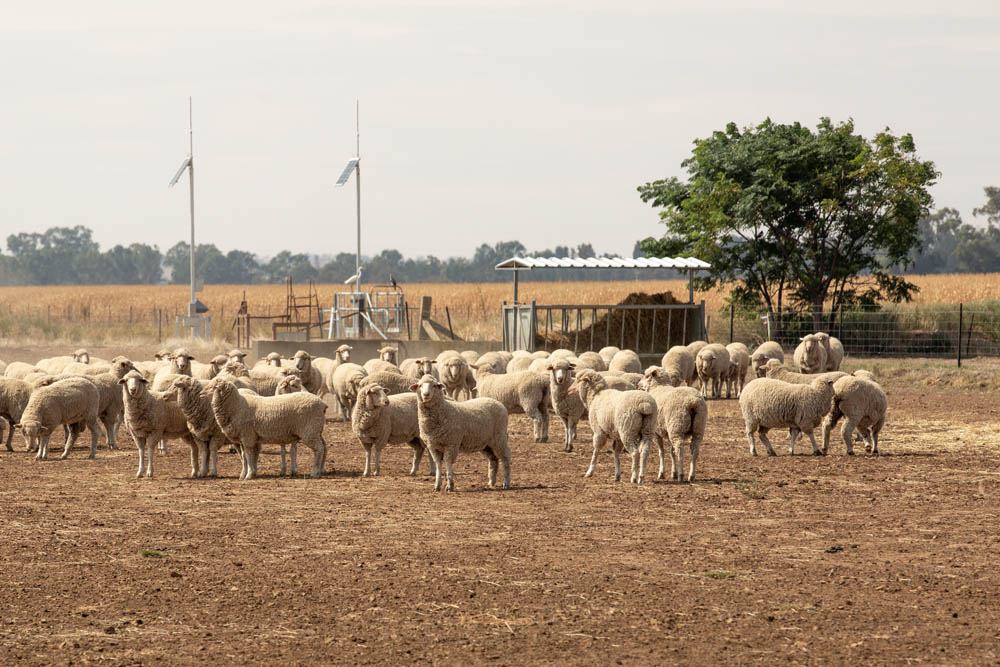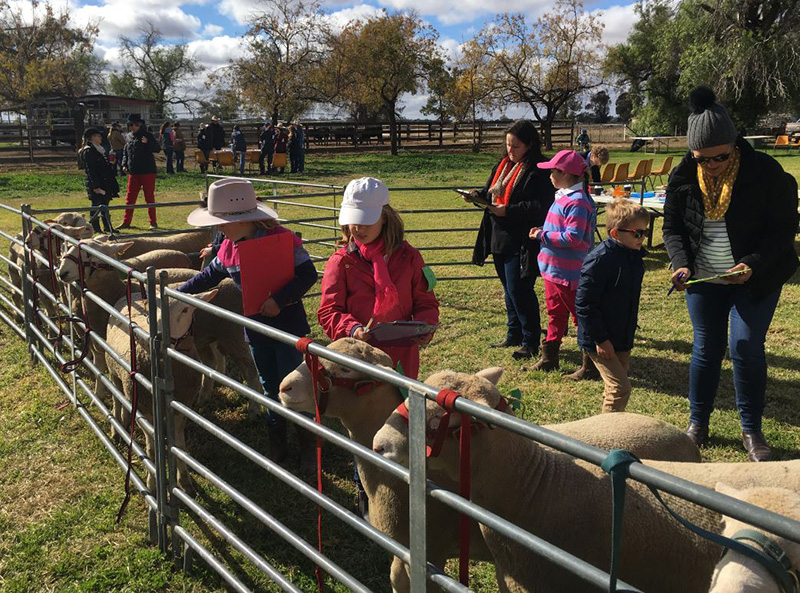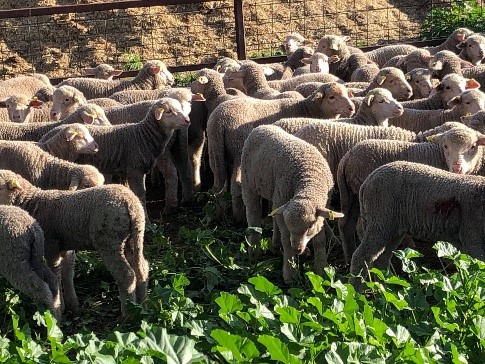- Output $745 m est. Down 4% yoy.
- Consumer demand for textiles remained relatively subdued due to COVID-19.
- NSW shorn wool production was up 5.2% yoy.
Production
The seasonal conditions had a dramatic impact on average wool cut per head, up by 10.2% to 4.5 kilograms. 49 Average staple length increased 3 millimetres. 50 The impact of COVID-19 on seasonal shearer availability meant that some wool producers were forced to delay shearing or return to a longer shearing interval. 176 48
Fears of a growing on-farm wool stockpile surfaced early in the year as farmers reacted to the falling market, with many choosing to hold stock back from sale until prices improved. National wool receivals dropped significantly over the June and September quarters but production did not, implying that wool stocks were accumulating somewhere along the supply chain. These concerns were relatively short-lived. Receivals started to pick up pace again by March and by the end of June 2021, had outpaced production, indicating a draw-down of stocks. The total number of bales offered at auction nationally for the season was 1,762,121, up 21.4% year-on-year and the number of bales sold at auction was 29% greater than 2019-20. 47
Price
Prices recovered during the final quarter of 2020, largely due to an upturn in Chinese demand as processors sought to replenish stocks. The Eastern Market Indicator rose solidly again, to reach a season high of 1,468 cents per kilogram by the final week of June 2021. Despite the larger volumes that started coming onto the market in early 2021, prices held up well with much of the downward pressure coming from last season wool stocks with large amounts of topsoil and new stocks with high a vegetable matter content. 101
However, this recovery was not uniform, with finer wools experiencing greater levels of support than medium Merino and broader styles. The strongest gains were seen across the supply-restricted fine and superfine microns, widening the fine wool premium. By the end of June 2021, 17 micron wools had risen 88% from the low in September 2020, compared with 58% for 20 micron wool, demonstrating strong demand from the next-to-skin and knitwear sectors. 177
AWEX Australian monthly average micron price guide
- EMI
- 17um
- 19um
- 21um
- 26um
- 30um
Trade and Macroeconomic Conditions

The continuing vaccination rollout and the gradual easing of restrictions provided a welcome boost to consumer confidence in early 2021 and resulted in a strengthening of wool demand indicators. US retail apparel sales were 3.4% higher in April 2021 than in 2019, and over 700% higher than the lows reached during the main pandemic period in April 2020. 177 Retail sales in China also reflected a similar story, up 2.5% on April 2019 levels. 177 This had a dramatic effect on export volumes, and when considered on a month-by-month basis, the volume of wool shipped during the month of March 2021, exceeded the volumes shipped during the same time period for the last three years.
Fine and superfine wool generally account for approximately 60% of the total value of greasy wool exports. 129 Exports of fine wool (19-micron and finer), increased by 2% year-on-year in 2020-21, in-line with the increase in the total volume of exports. The export value of these fine and superfine exports fell by 13% however, it was the broader-type wools which bore the brunt of the downturn, with the value of exports between 21-24 micron down 49% year-on-year. 129
Outlook
The domestic supply of greasy wool will continue to grow over the short to medium term due to the positive impact of good seasonal conditions on wool yield and the gradual increase in shorn sheep numbers as farmers retain stock.





